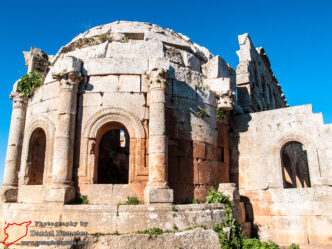
Qalb Lozeh قلب لوزة
The most well-known monument in the region of Jebel al-Aala (جبل الأعلى) is the fascinating church of Qalb Lozeh (قلب لوزة). Though there …

The most well-known monument in the region of Jebel al-Aala (جبل الأعلى) is the fascinating church of Qalb Lozeh (قلب لوزة). Though there …
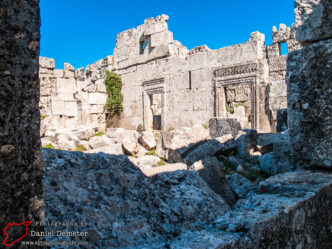
Qarqbizeh (قرقبيزة) is perhaps the most visually impressive of the sites in the region of Jebel al-Aala (جبل الأعلى), and is worth spending …
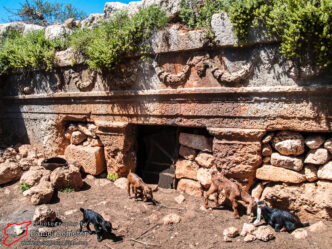
Beshandlaya (بشندلايا) is a noteworthy site for its large rock-cut Roman tomb which dates from the second century. In addition to the tomb, …
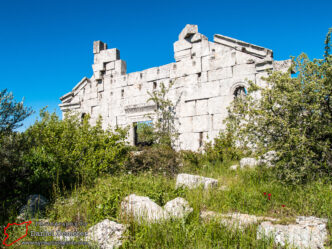
Behyo (بحيو) was clearly one of the largest Byzantine settlements in the region of Jebel al-Aala (جبل الأعلى), and the remains include two sizable churches. …
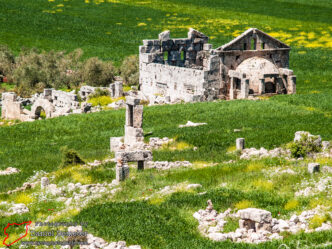
al-Kfeir (الكفير) is a small Byzantine site which has an exceptionally well preserved church in addition to the remains of other structures …
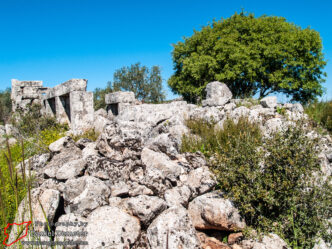
The ruins of Barish al-Shamali (باريش الشمالي), located in the mountainous region of Jebel al-Aala (جبل الأعلى) to the southeast of Harem …
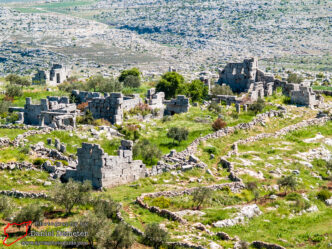
The ruins of Beitar (بيتر), located in the mountainous region of Jebel al-Aala (جبل الأعلى), include several well-preserved structures from the Byzantine period. With …
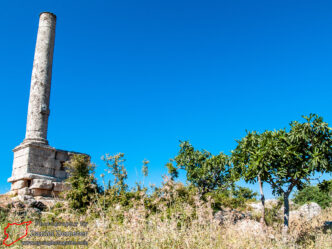
Banabel (بنابل) is a friendly Druze village located about nine kilometers southeast of Harem (حارم) in the mountain region of Jebel al-Aala (جبل الأعلى). …